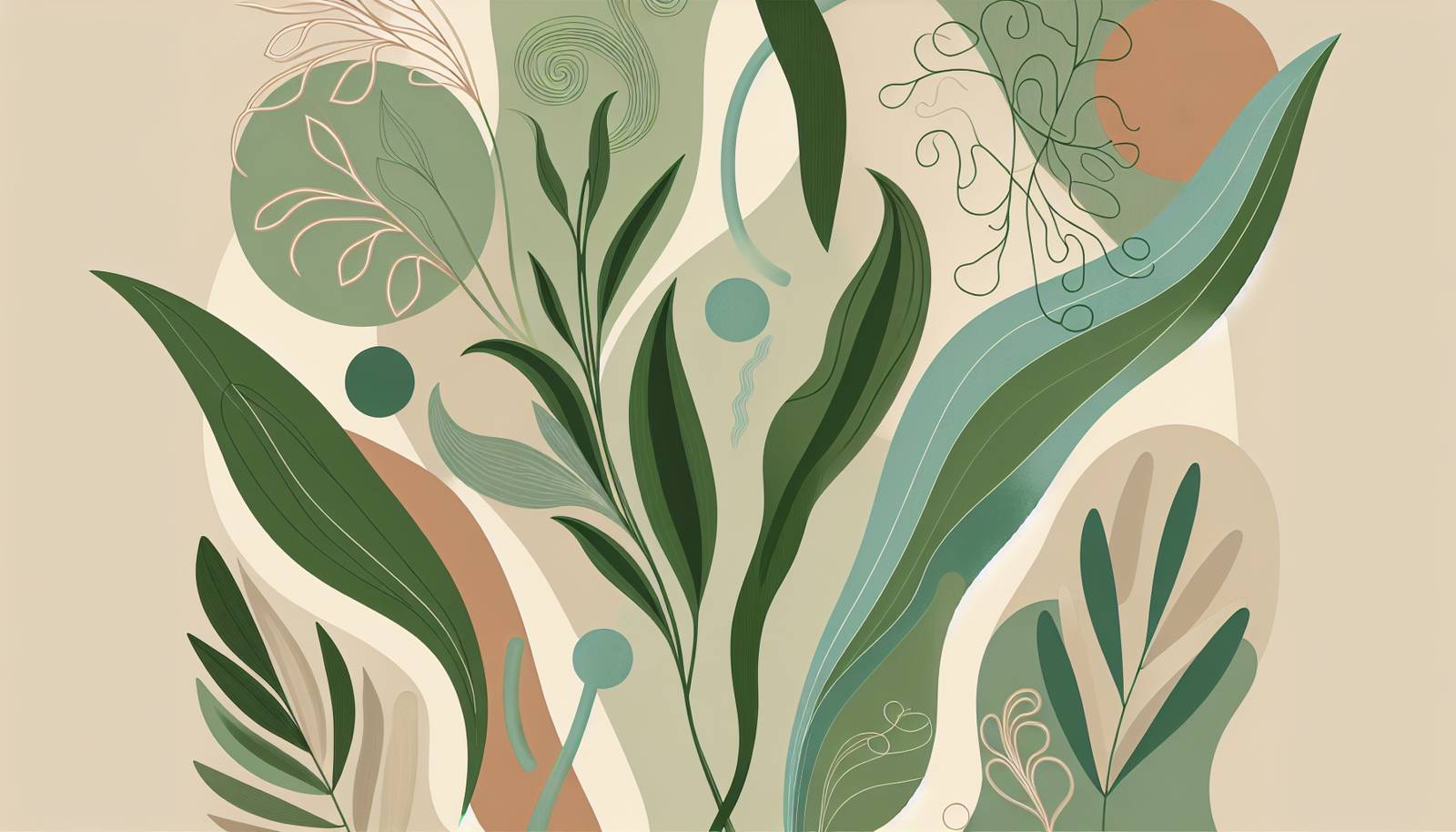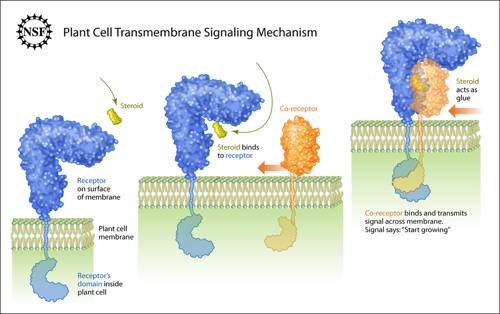
FAQ About Indoor Plant Hormonal Balances

What is phototropism and how is it related to plant hormones?
Phototropism is the growth of a plant toward or away from a light source, primarily driven by the distribution of the plant hormone auxin. In indoor plants, phototropism ensures that they orient themselves to maximize light capture, essential for photosynthesis. Auxins accumulate on the shaded side of the plant, promoting more cell growth there and causing the plant to bend toward the light.
Other Questions About Indoor Plant Hormonal Balances
- What are plant hormones and why are they important?
- How can I tell if my indoor plants are experiencing hormonal imbalances?
- What role do auxins play in indoor plant growth?
- How can I naturally regulate hormonal balances in my indoor plants?
- Can I use commercial hormone products to aid indoor plant growth?
- What is the impact of light on plant hormonal balance?
- How do cytokinins affect indoor plant health?
- Are there natural sources of plant hormones that can be used at home?
- What are gibberellins and their role in plant growth?
- How does ethylene affect indoor plants?
- What is abscisic acid and what does it do in plants?
- How do humidity levels affect plant hormones?
- Can pruning influence the hormonal balance in indoor plants?
- Is there a link between soil quality and plant hormone levels?
- How do root hormones work in indoor plants?
- What common mistakes can disrupt hormonal balance in indoor plants?
- Can stress influence the hormonal balance in indoor plants?
- What is phototropism and how is it related to plant hormones?
- How can temperature fluctuations affect hormonal balances in indoor plants?
- Why is it important to understand the balance of plant hormones?

Create new FAQ page, write FAQs and publish for your clients, friends, colleagues, visitors, students, customers, guests, neighbors, or yourself.
Create Your Own FAQ Page now